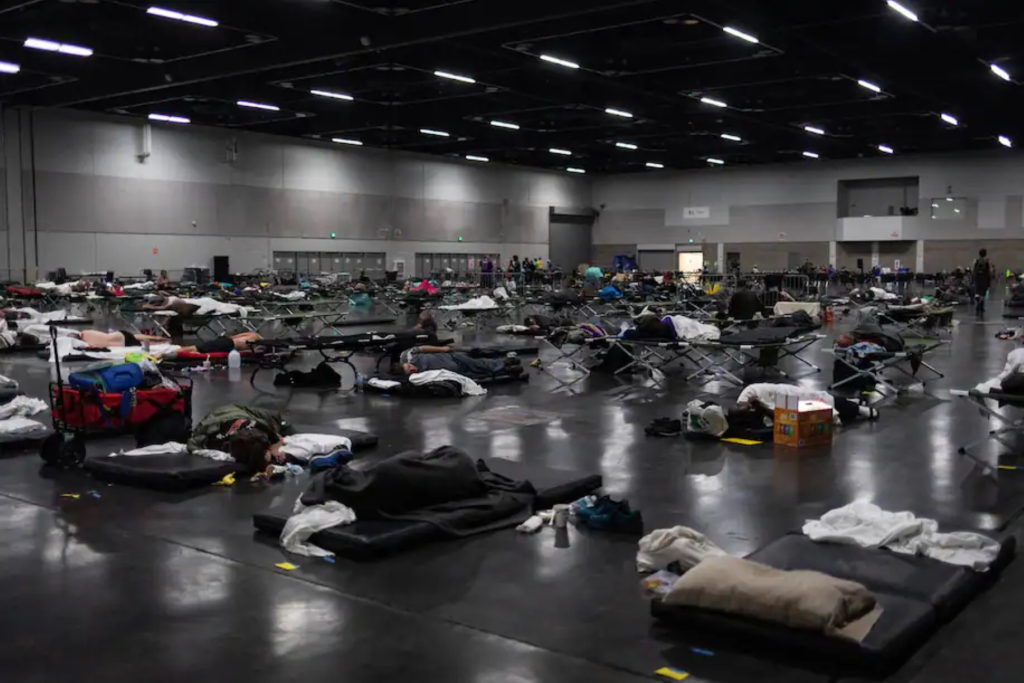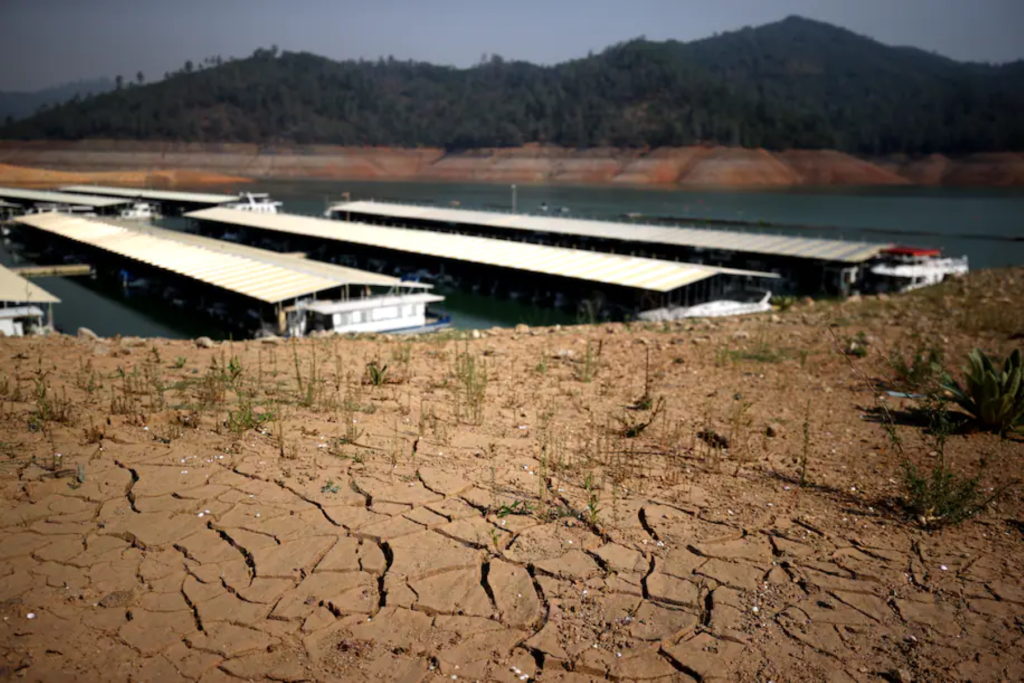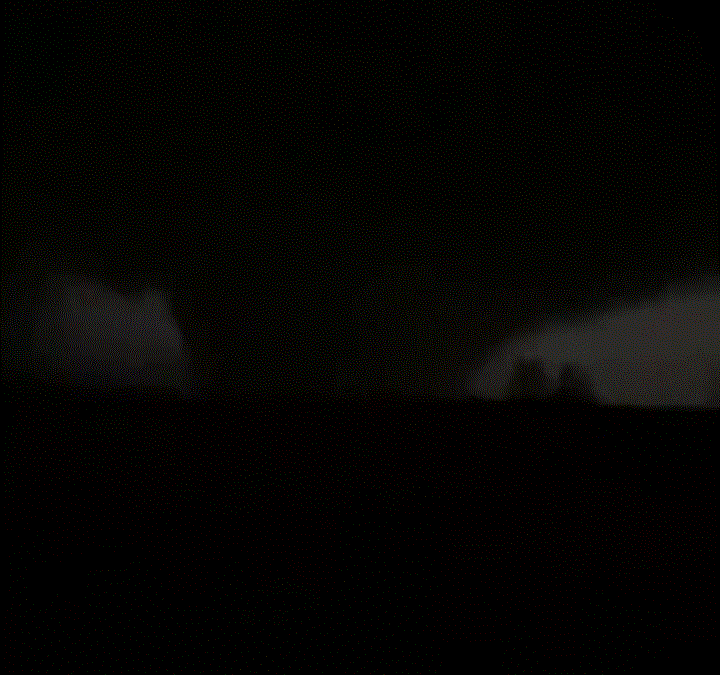Climate change in the U.S. has gotten deadly, and it will get worse – “The suffering here and now is because we have not heeded the warnings sufficiently”

By Sarah Kaplan
3 July 2021
PORTLAND, Oregon (The Washington Post) – The emergency department at Oregon Health Sciences University had rarely been this busy, even during the worst stages of the covid-19 pandemic.
Physicians raced to provide fluids to patients who arrived breathless, dizzy, and drenched in sweat. Others were brought in on stretchers, their body temperatures so high their central nervous systems had shut down. Those who could still speak told of stifling apartments and sun that made their skin sizzle. Some had tried to walk to county cooling shelters, only to collapse in the blistering heat.
“The system was overwhelmed,” said Mary Tanski, chair of OHSU’s department of emergency medicine, of the towering heat dome that toppled temperature records across the Northwest this week.
Some patients didn’t survive. In Oregon, Washington, and western Canada, authorities are investigating more than 580 deaths potentially linked to the punishing heat.

It will be months before experts know precisely how many of those deaths can be specifically attributed to climate change. But researchers who specialize in the science of attribution say they are “virtually certain” that warming from human greenhouse gas emissions played a pivotal role.
It is a sign of how dangerous the climate crisis has gotten — and how much worse it can still become.
The heat dome was just one of a barrage of climate catastrophes that struck the world in recent weeks. Western wildfires are off to a scorching start, with firefighters actively battling 44 large blazes that have burned nearly 700,000 acres. Parts of Florida and the Caribbean are bracing for landfall of Hurricane Elsa, the Atlantic’s fifth named storm in what is one of the most active starts to hurricane season on record. Nearly half a million people in Madagascar are at risk of starvation as the country grapples with dust storms, locusts and its worst drought in decades. In Verkhoyansk, Siberia — usually one of the coldest inhabited places on the planet — the land surface temperature was 118 degrees.
“Climate change has loaded the weather dice against us,” said Katharine Hayhoe, a climate scientist at Texas Tech University and chief scientist for the Nature Conservancy.
“These extremes are something we knew were coming,” she added. “The suffering that is here and now is because we have not heeded the warnings sufficiently.” [more]


